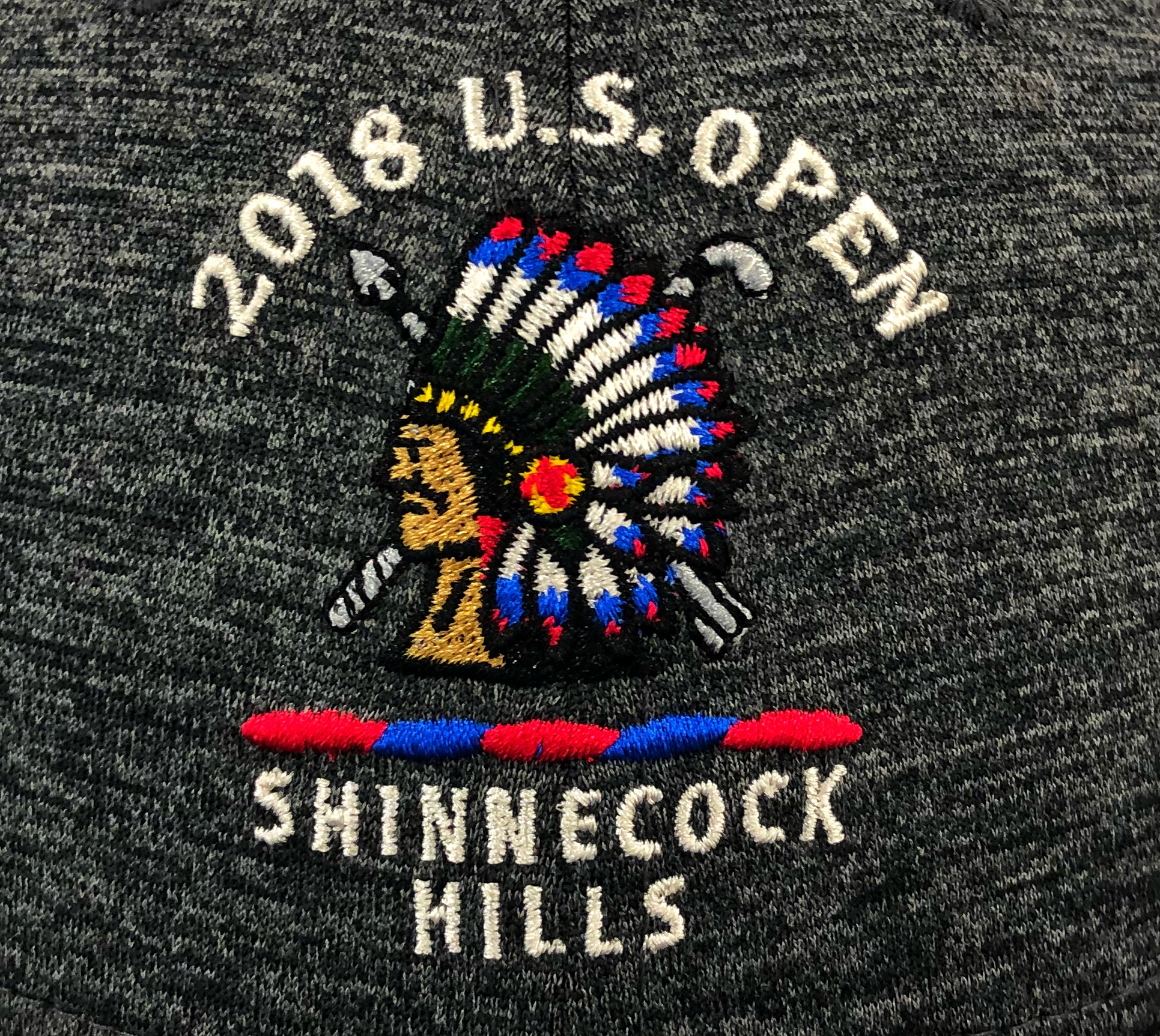This has little to do with the U.S. Open, or maybe it will, but of late there has been a sense some of today's best players rarely get to play their sport for fun. Or seem to have fun.
From his 2018 U.S. Open press conference:
Q. Rory, most professionals don't like to play fun golf. You talk to them, they don't know anything about Friar's Head or National or any place else.
Can you talk about your what impetus is, meaning how do you approach a fun golf round versus a professional round? And the fun golf you played this week, does that put you in a different mindset for this week?
RORY McILROY: It does. Alex, I would say for maybe five or six years, I never played fun golf. It was all to do with getting ready to play tournaments, and this is -- you know, I didn't understand people that went out and played a lot.
But basically, it's been since my dad became a member at Seminole, and I was able to go over and play a lot of golf with him, that I really started to enjoy fun golf again and playing these different courses.
And it's a real treat to be able to show up at any golf course in the country or the world and get out and play it and have a bit of fun.
And I think it does put you in a different frame of mind. You're relaxed out there, and maybe that sort of bleeds into your mindset whenever you're here in a big championship. It's no different. I think that's the thing. If I've got a shot that I need to execute under pressure here this week, it's no different than playing that shot when I'm out there playing with my dad or my buddies or whatever it is.
So obviously, there is a separation of the two, but the more you can get into that mindset of being relaxed and enjoying it, the better you're going to play.



















